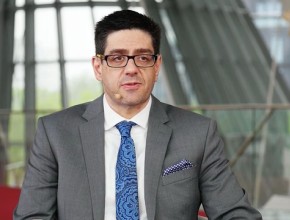What has been changed in the emergency medical services (EMS) in Germany to improve survival rates in patients with myocardial infarction or cardiac arrest?
Bernd W. Böttiger: For patients with cardiac arrest, we in particular have influenced the lay resuscitation rates in Germany over the last years. The German anesthesiologists together with the German Resuscitation Council and the help of the Health Minister – we made a campaign to increase the lay cardiopulmonary resuscitation (CPR) rates, which have been below 20%. The rates increased to over 30% now and we know that an increase in lay CPR rates is associated with doubling or tripling in survival rates. This is our most important approach.
We also use school children education in CPR to influence the lay CPR rates in cardiac arrest because the EMS is always – or in most of the cases – coming too late. EMS is arriving, if you are lucky, after 6 minutes, maybe after 8, or 10, or 12, or maybe more minutes, but the brain starts to die after cardiac arrest following 3 to 5 minutes. There is a window for lay resuscitation and that is one of our approaches.
Besides that, we have increased the rate of team training between physicians and paramedics, we increased the education of paramedics, and we are just starting to install so-called cardiac arrest centers. This is an initiative of the German Resuscitation Council. Cardiac arrest center means that a patient after out-of-hospital cardiac arrest needs to go to a specialized hospital where he or she can immediately undergo percutaneous coronary interventions because in most of the cases a cardiac event is the underlying cause of cardiac arrest and deterioration.
 English
English
 Español
Español
 українська
українська






